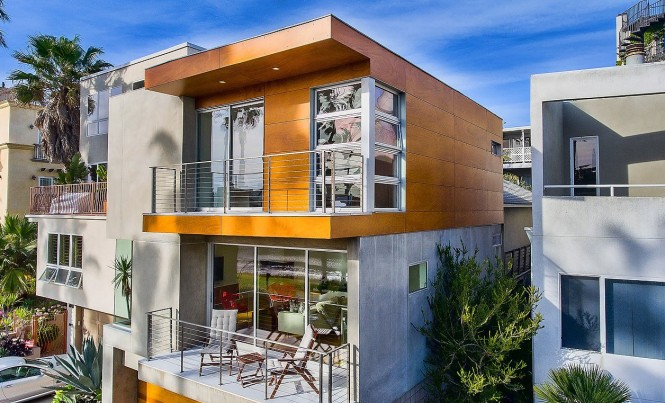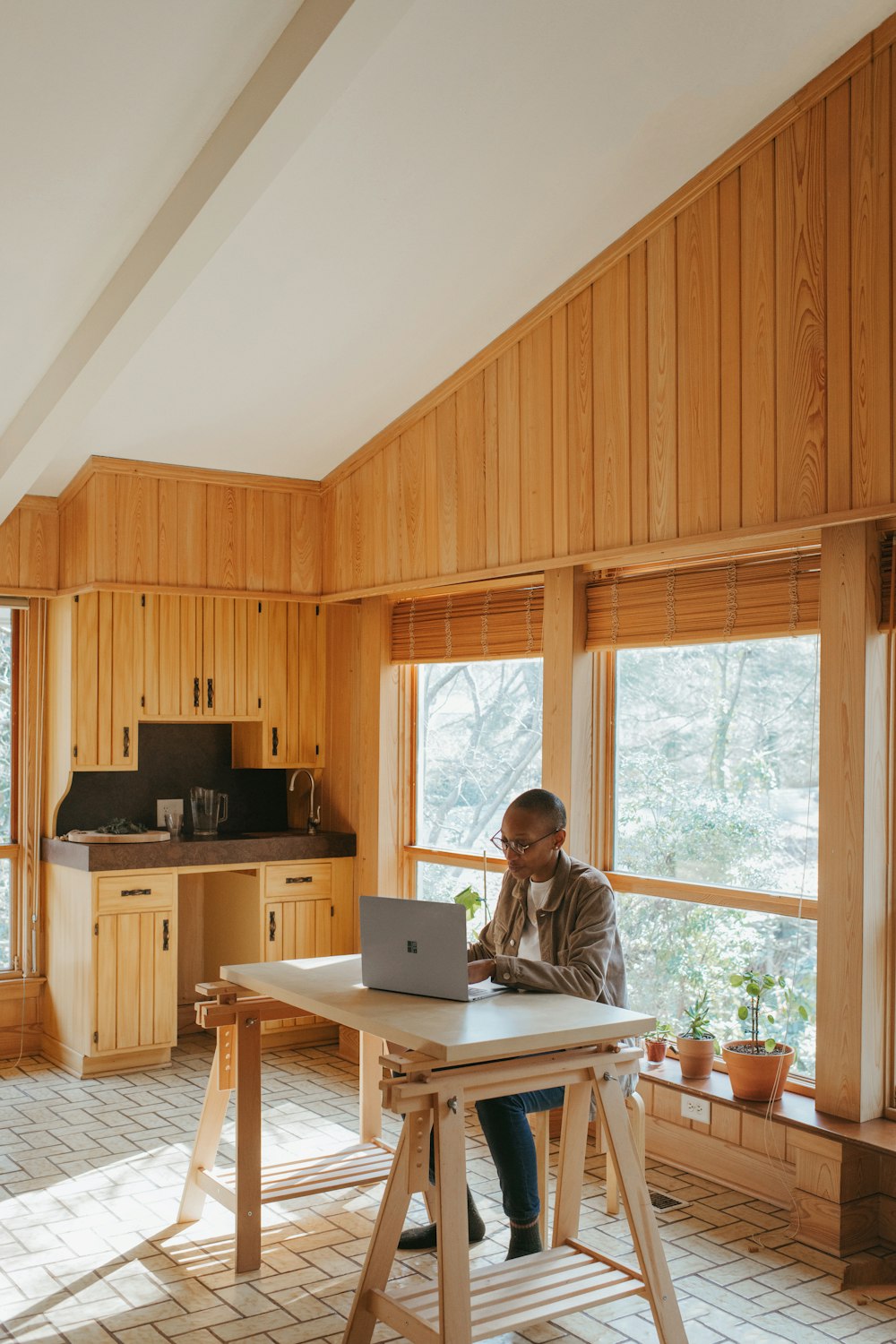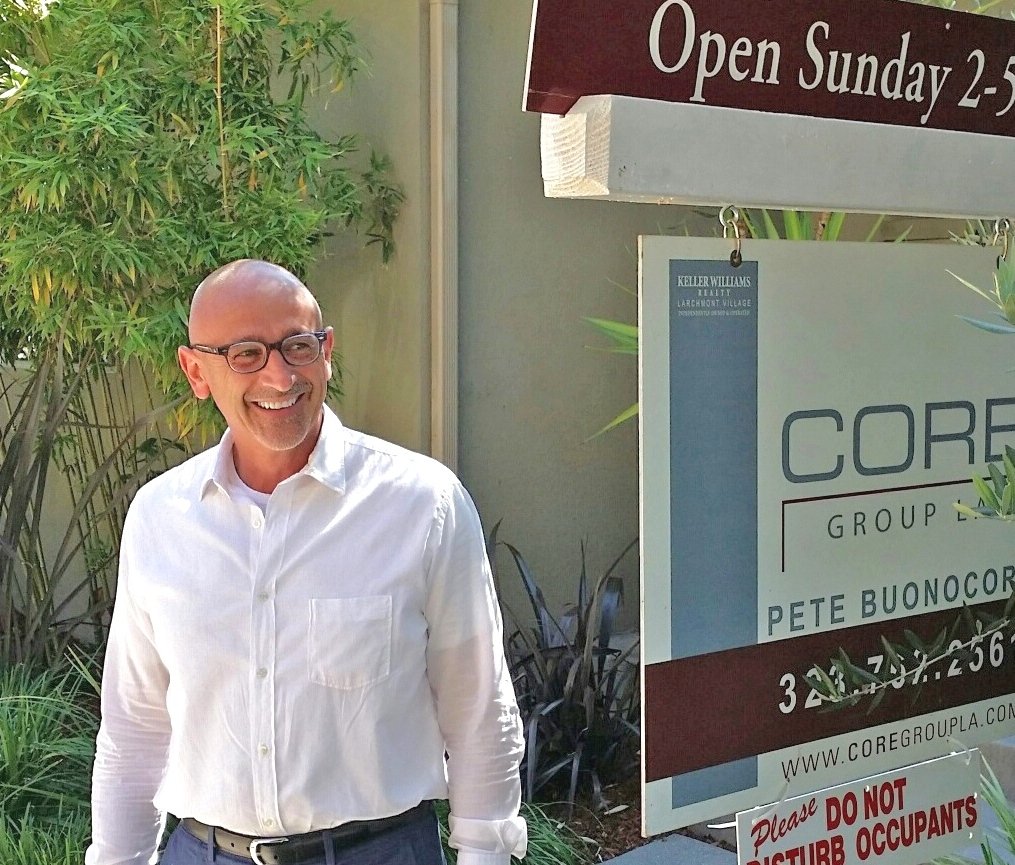
WRITTEN BY ANDREW KHOURI FOR THE LA TIMES:
Southern California home prices soared in March, rising by double digits for the eighth straight month as a pandemic-fueled housing boom continues to go strong.
The six-county region’s median home price increased 14.5% from a year earlier to a record $630,000, according to data released Wednesday from real estate firm DQNews. The number of houses, condos and town homes that sold rose 32.2%.
A mix of factors is driving the boom, which extends nationwide, real estate agents and economists say.
The housing market was heating up before the pandemic. Since then, mortgage rates have tumbled and people are looking for more space. Also, millennials are quickly entering their early 30s, the age when many people become first-time homeowners.
In Southern California, prices are rising in all corners of the region.
- In Los Angeles County, the median price rose 17.2% to $750,000 in March, while sales climbed 33.9%.
- In Orange County, the median price rose 10.6% that month to $835,000, while sales climbed 38.5%.
- In Riverside County, the median price rose 17.9% to $476,750, while sales climbed 37.5%.
- In San Bernardino County, the median price rose 18.3% to $429,500, while sales climbed 29.3%.
- In San Diego County, the median price rose 15.3% to $680,000, while sales climbed 22.4%.
- In Ventura County, the median price rose 12.5% to $658,000, while sales climbed 24.2%.
How much longer such steep gains will continue is a question both buyers and sellers are eagerly asking.
Richard Green, director of the USC Lusk Center for Real Estate, said falling mortgage rates during the pandemic enabled buyers to bid up the prices of homes while keeping monthly payments roughly the same. He doesn’t foresee people’s incomes allowing them to pay much more.
Other analysts believe the wild ride will continue unless the economic recovery reverses course or mortgage rates suddenly spike.
Analysts at John Burns Real Estate Consulting predict that, come December, prices in Southern California will be up by double digits compared with the same month in 2020. By December 2022, prices will probably have notched an additional gain of roughly 6%, the firm projects.
Rick Palacios Jr., the firm’s director of research, said low supply and an influx of investors into the market are among the reasons for those projections.
“It is a feeding frenzy right now,” he said of the market. “It’s incredibly competitive.”
READ THE ORIGINAL STORY HERE: ‘A feeding frenzy’: Southern California home prices up 15% – Los Angeles Times (latimes.com)












